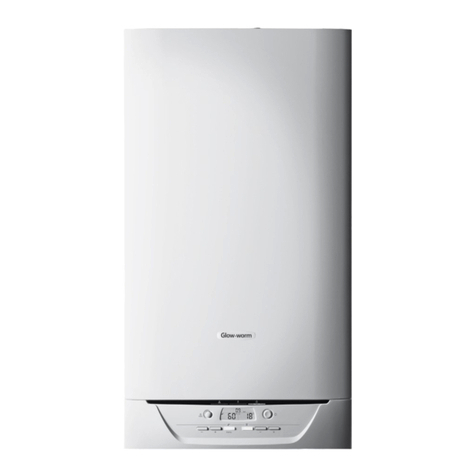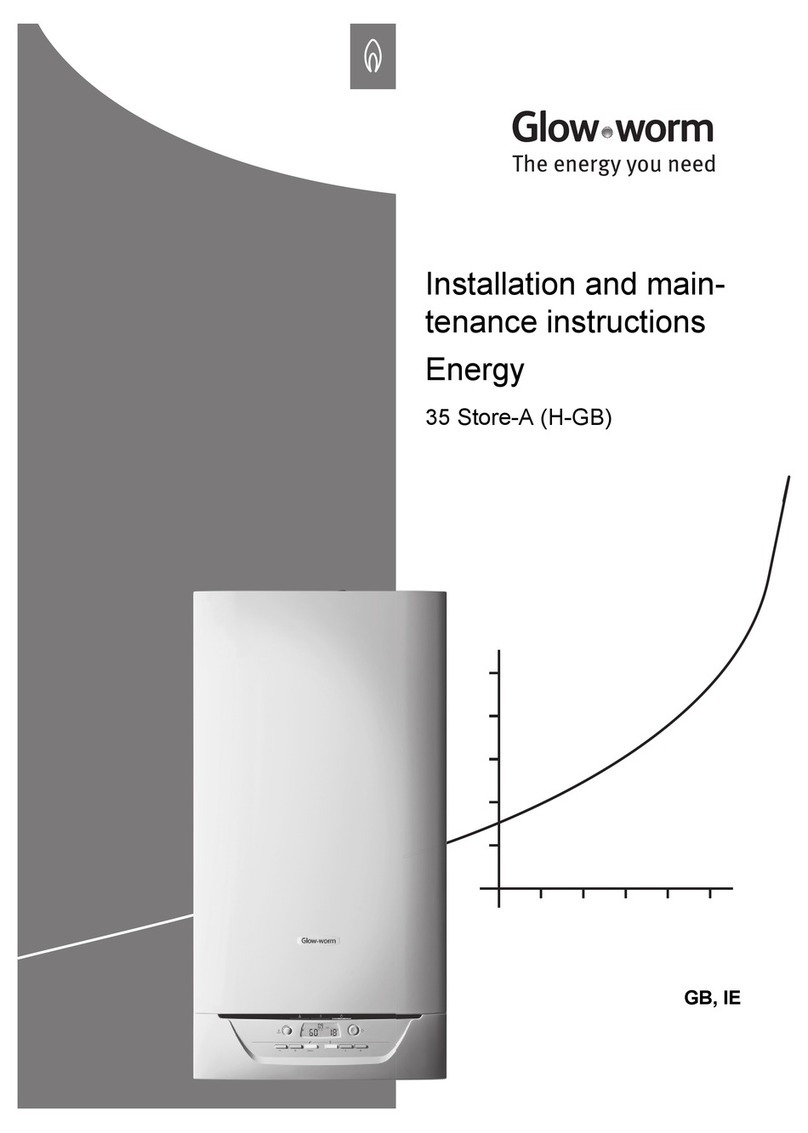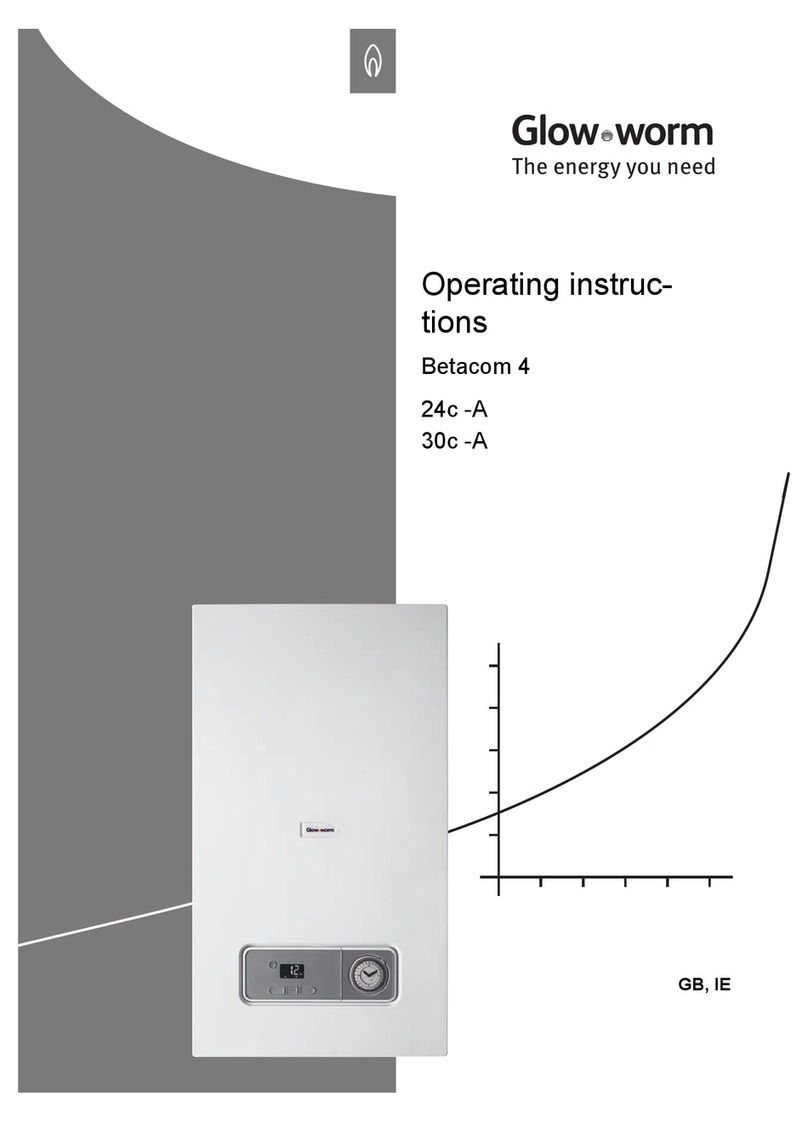Glowworm Hideaway 80 Operating manual




















Other Glowworm Boiler manuals
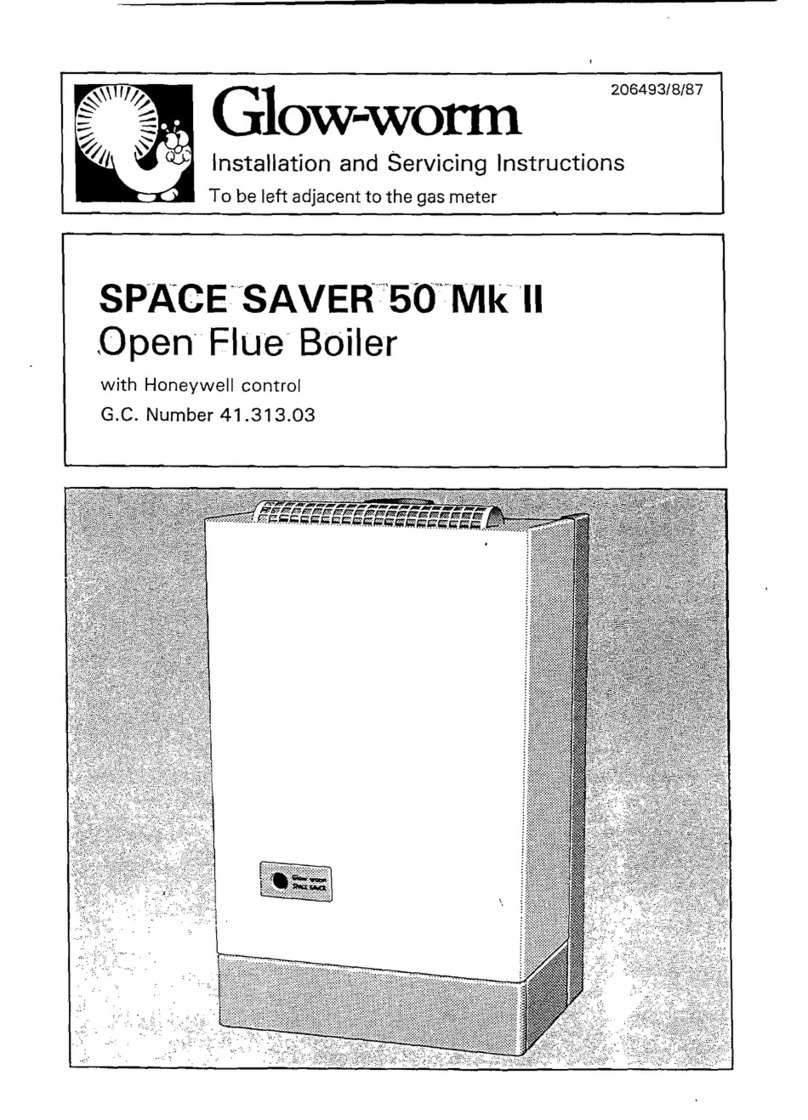
Glowworm
Glowworm Space saver 50 Mk II User guide
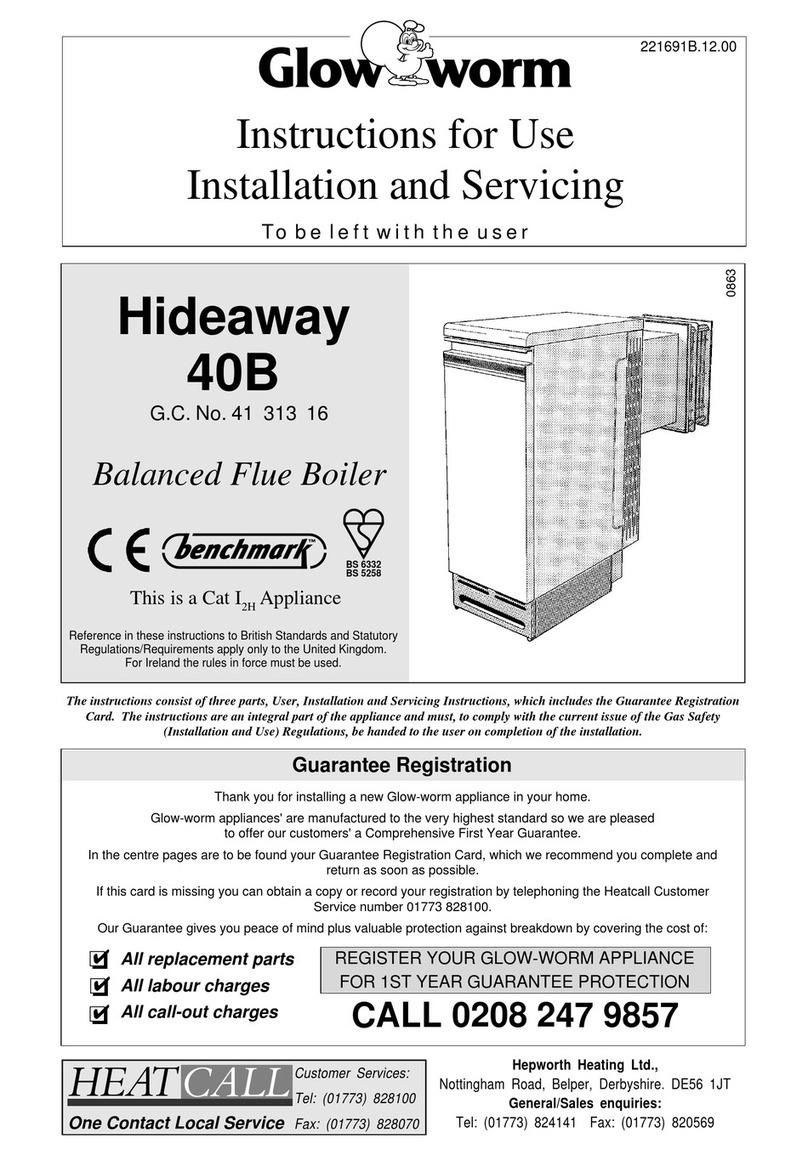
Glowworm
Glowworm Hideaway 40B Operating manual
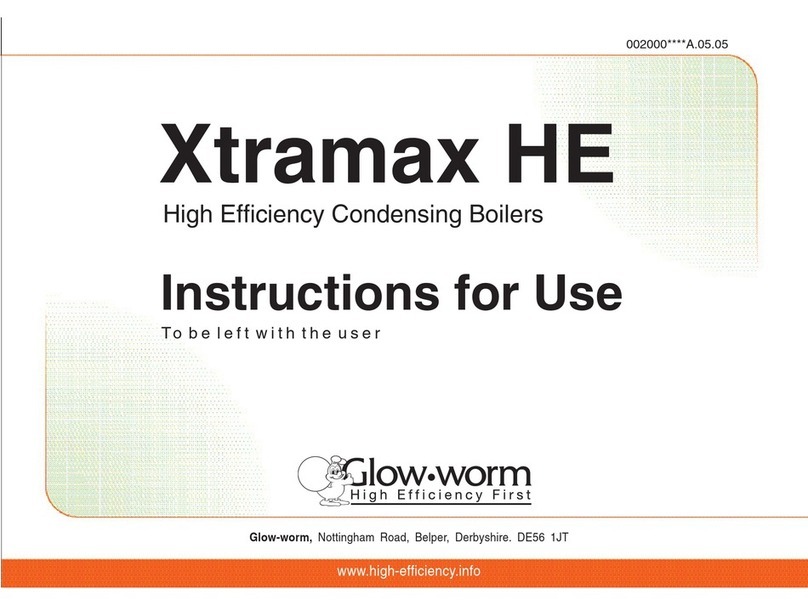
Glowworm
Glowworm Xtramax HE User manual
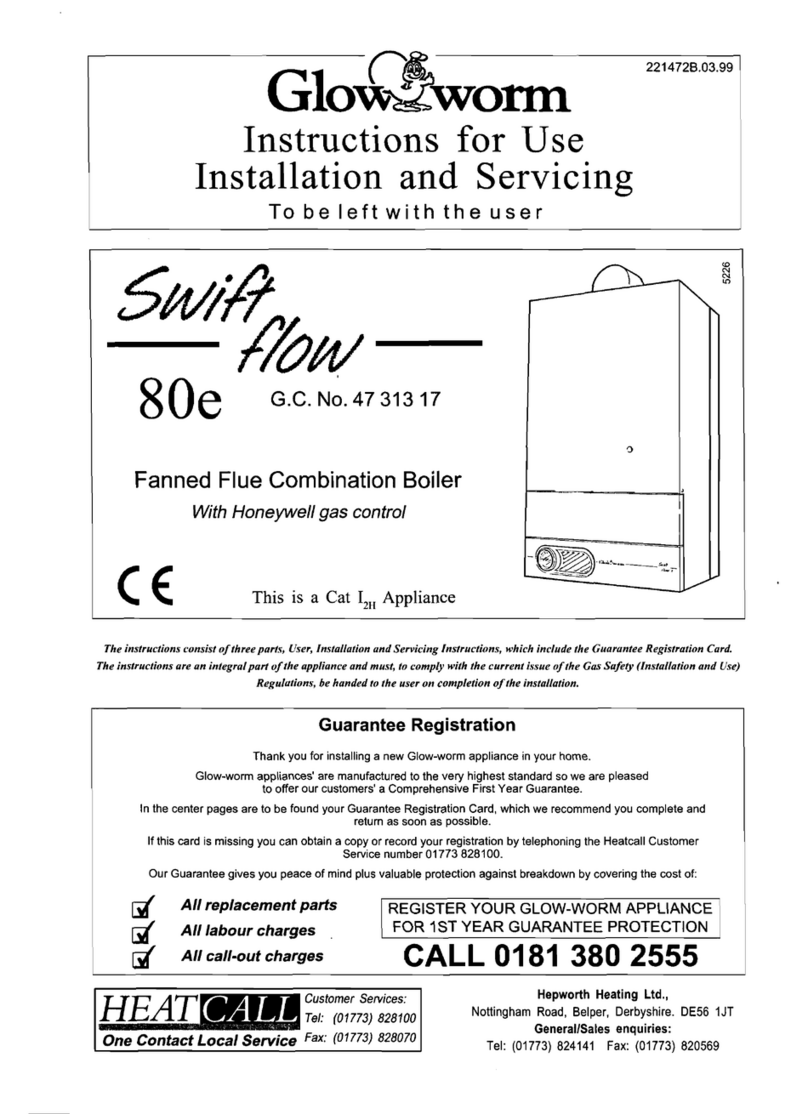
Glowworm
Glowworm Swiftflow 80e User manual

Glowworm
Glowworm Xtramax HE User guide
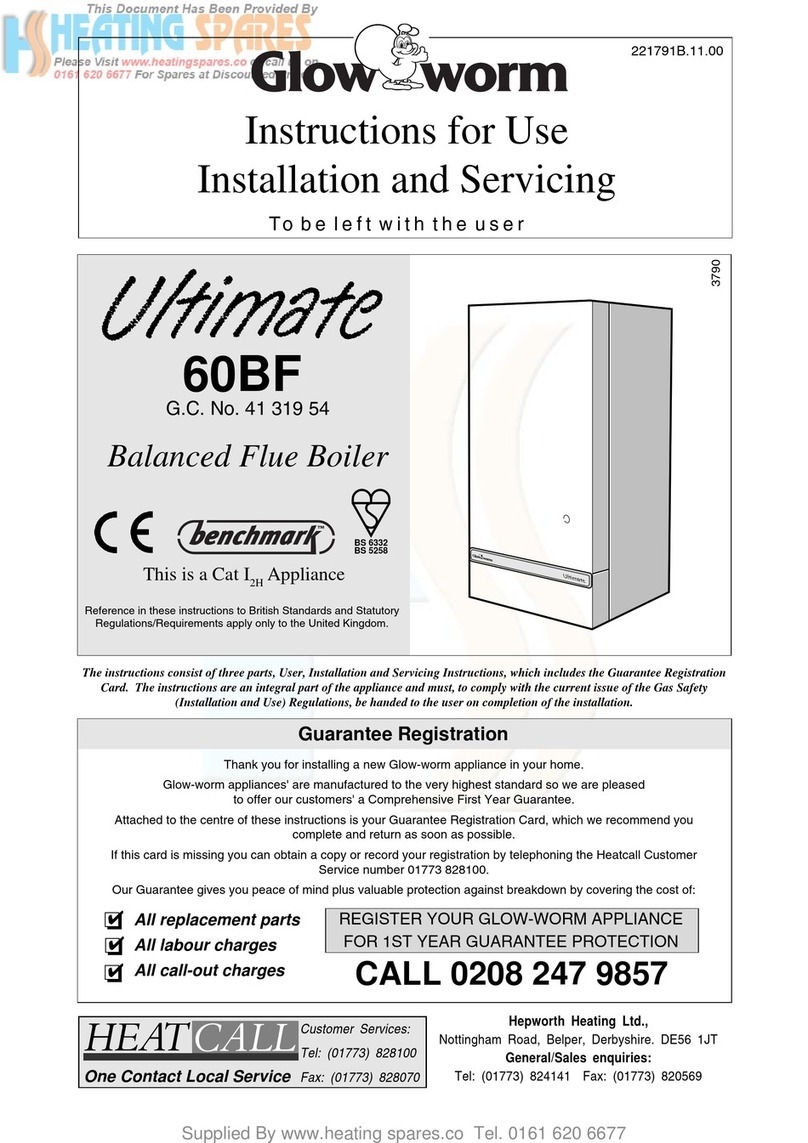
Glowworm
Glowworm Ultimate 60BF Operating manual
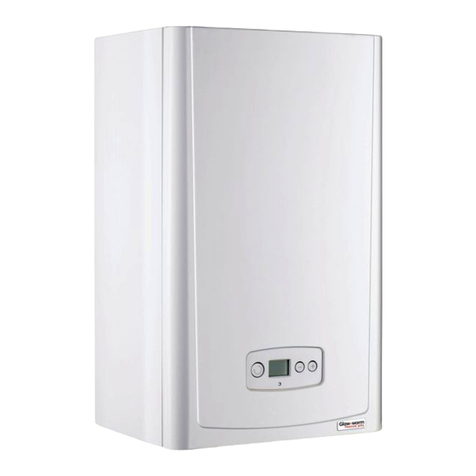
Glowworm
Glowworm 12hx User manual

Glowworm
Glowworm SUSTAIN 12r -A User manual
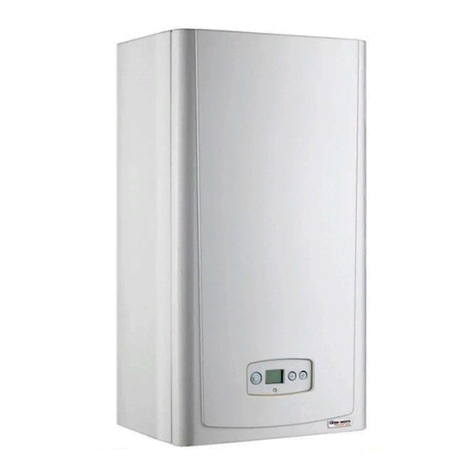
Glowworm
Glowworm 24cx User manual
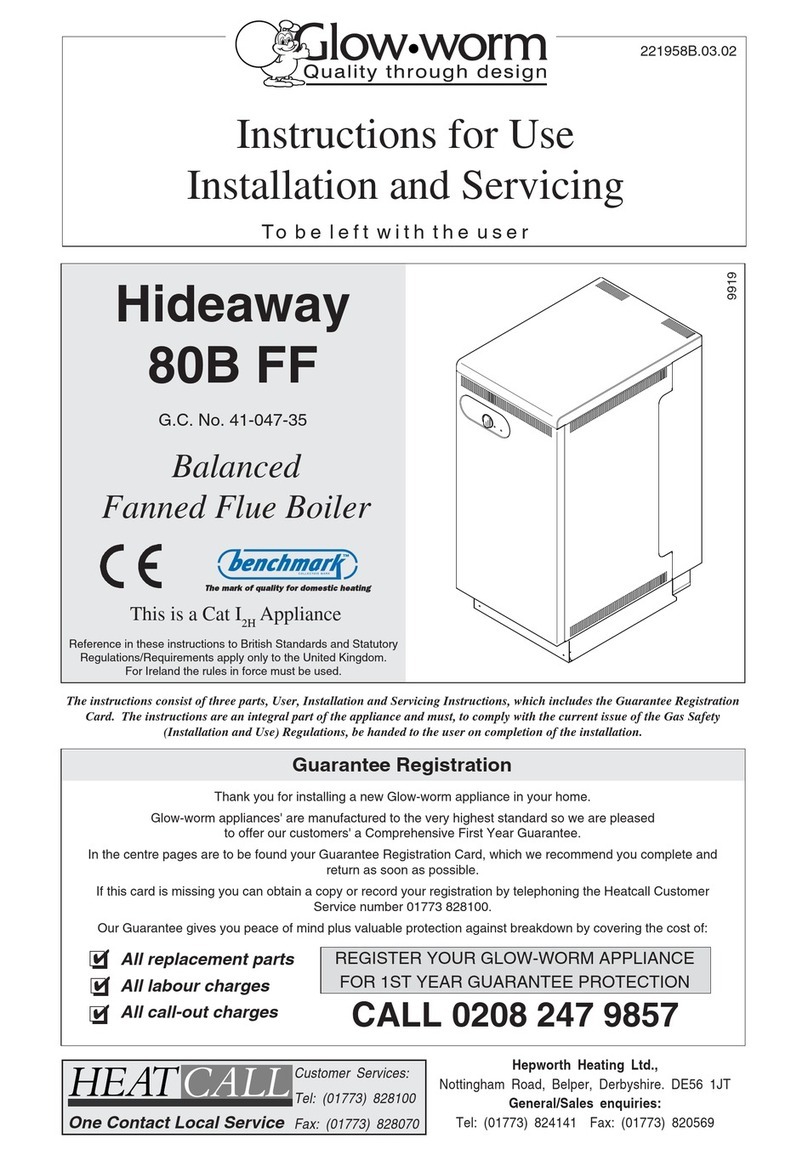
Glowworm
Glowworm Hideaway 80B FF User manual
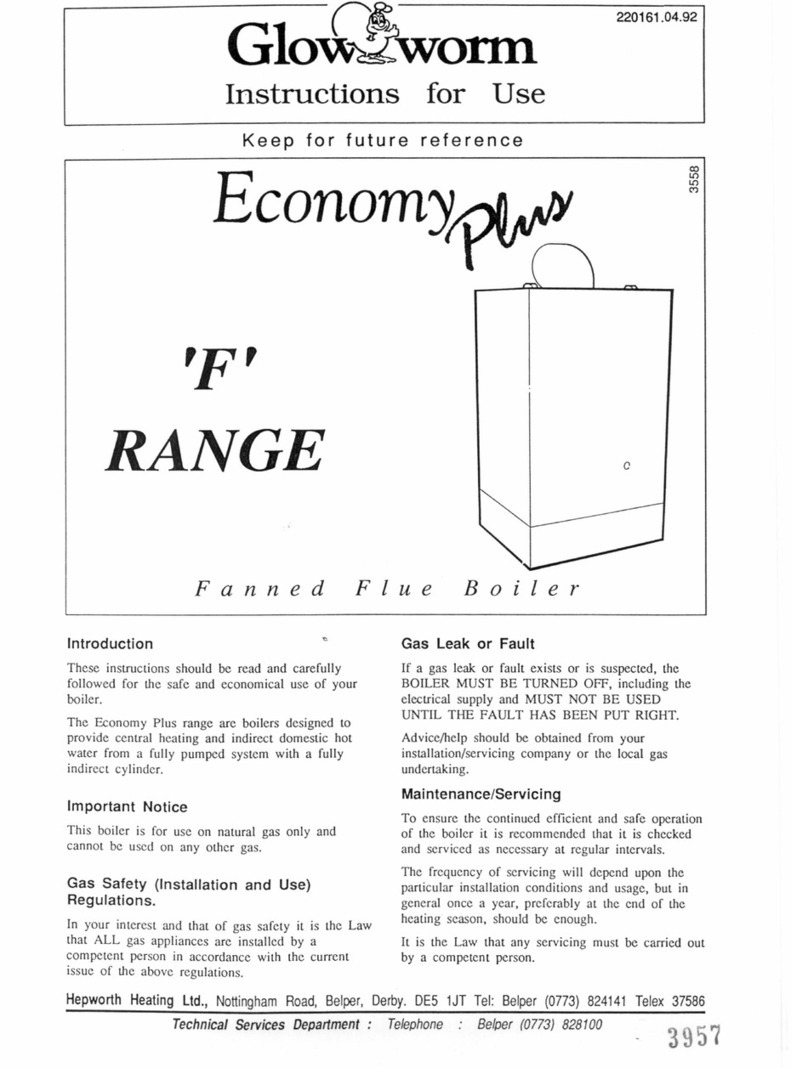
Glowworm
Glowworm Economy Plus Manual
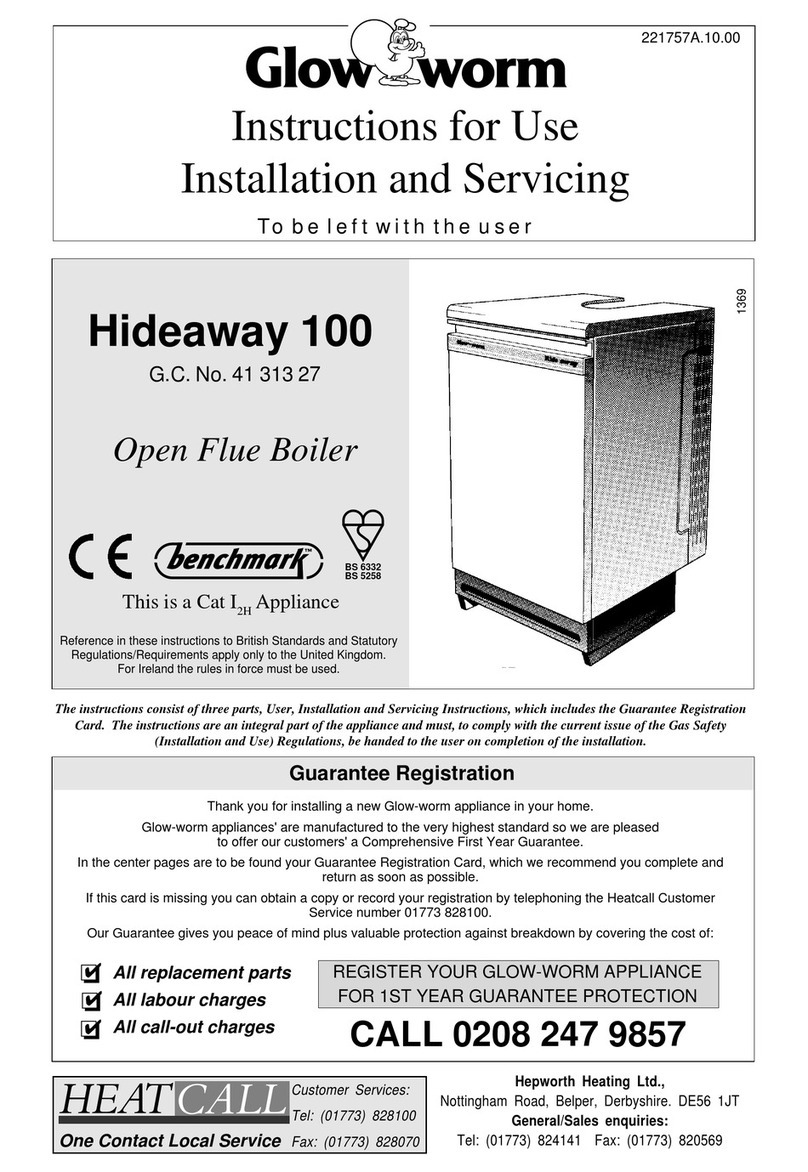
Glowworm
Glowworm Hideaway 100 Operating manual

Glowworm
Glowworm 12hx User manual
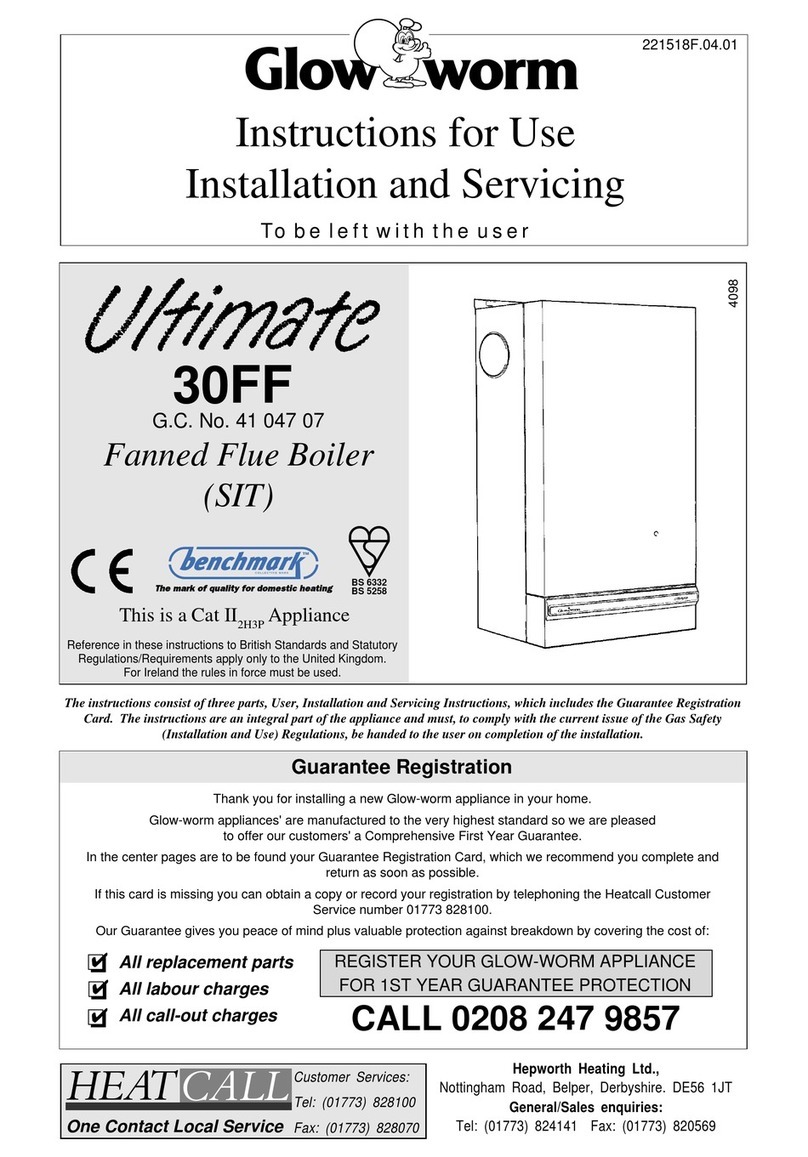
Glowworm
Glowworm Ultimate 30FF User manual
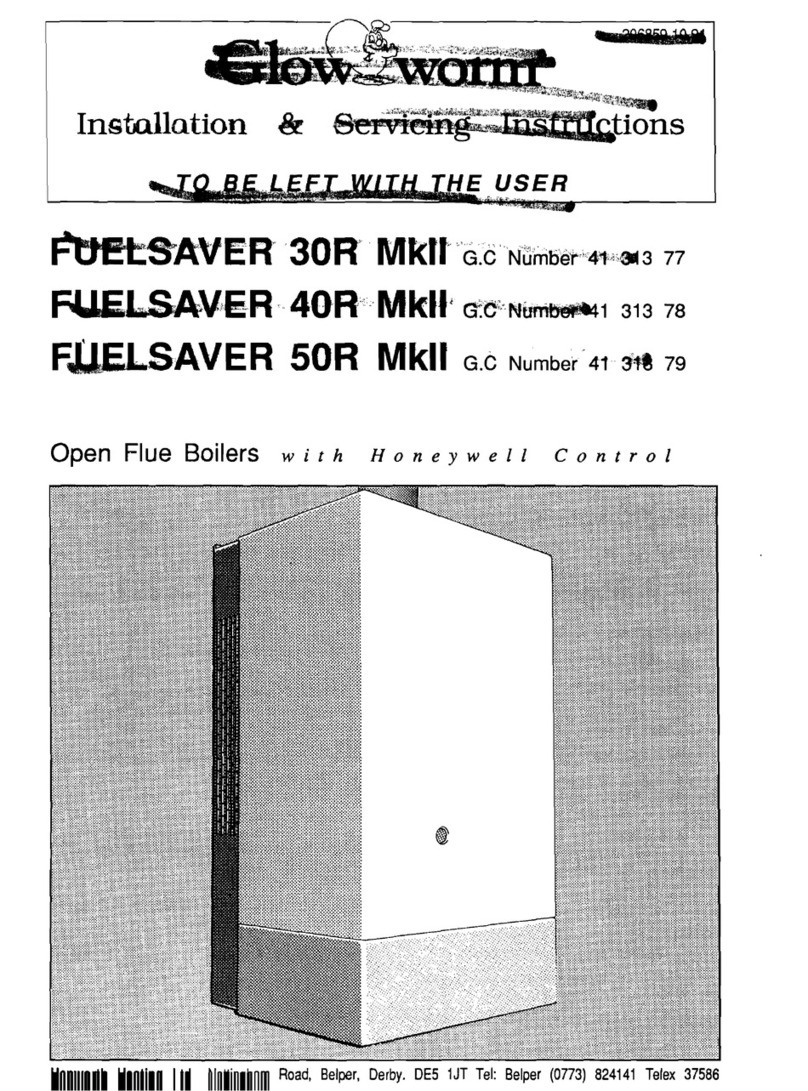
Glowworm
Glowworm Fuelsaver-40R-MkII User guide
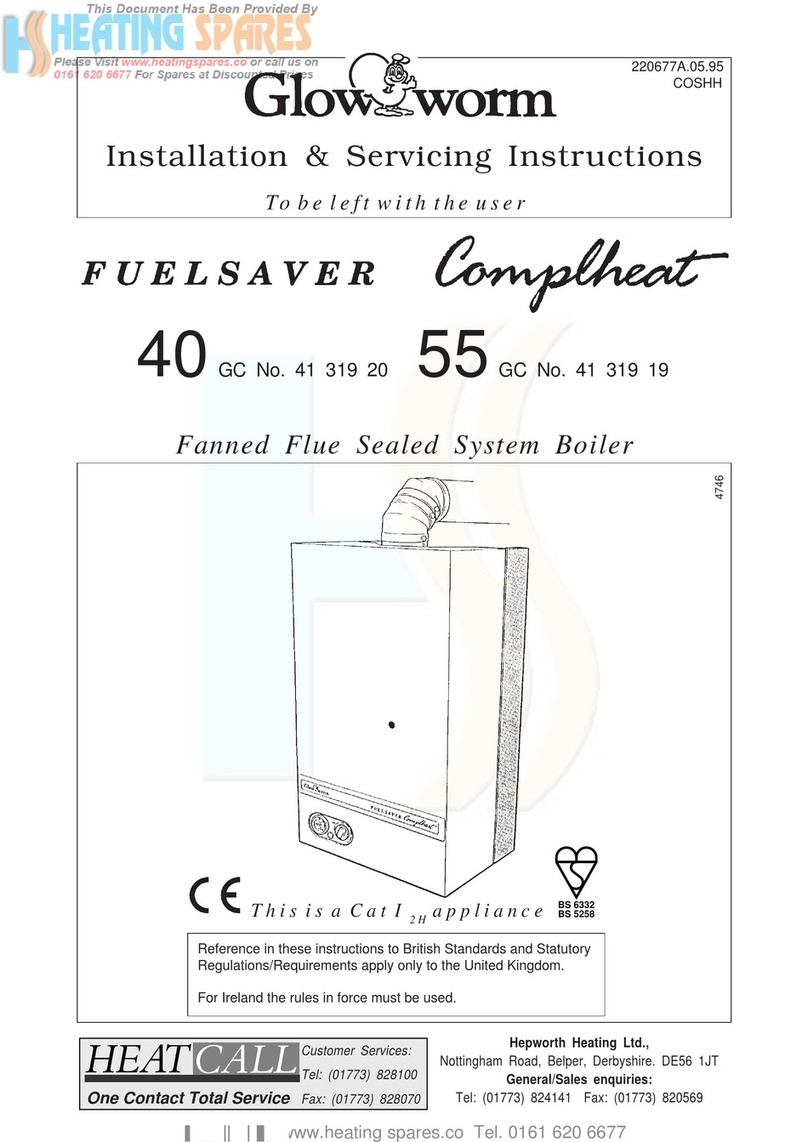
Glowworm
Glowworm 40 GC 41 319 20 Release note
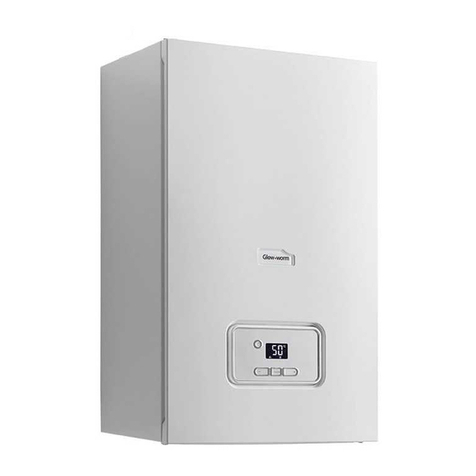
Glowworm
Glowworm ENERGY 12r User manual
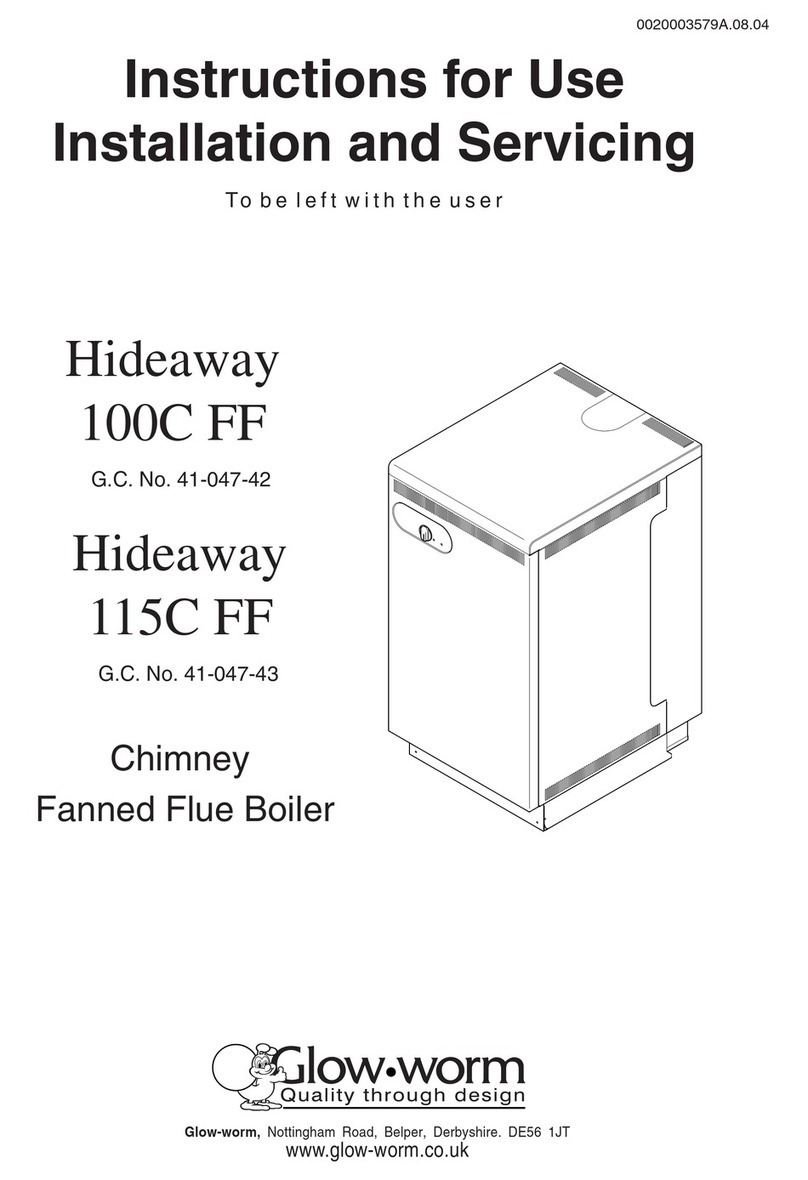
Glowworm
Glowworm Hideaway 100C FF Operating manual

Glowworm
Glowworm 24a User manual
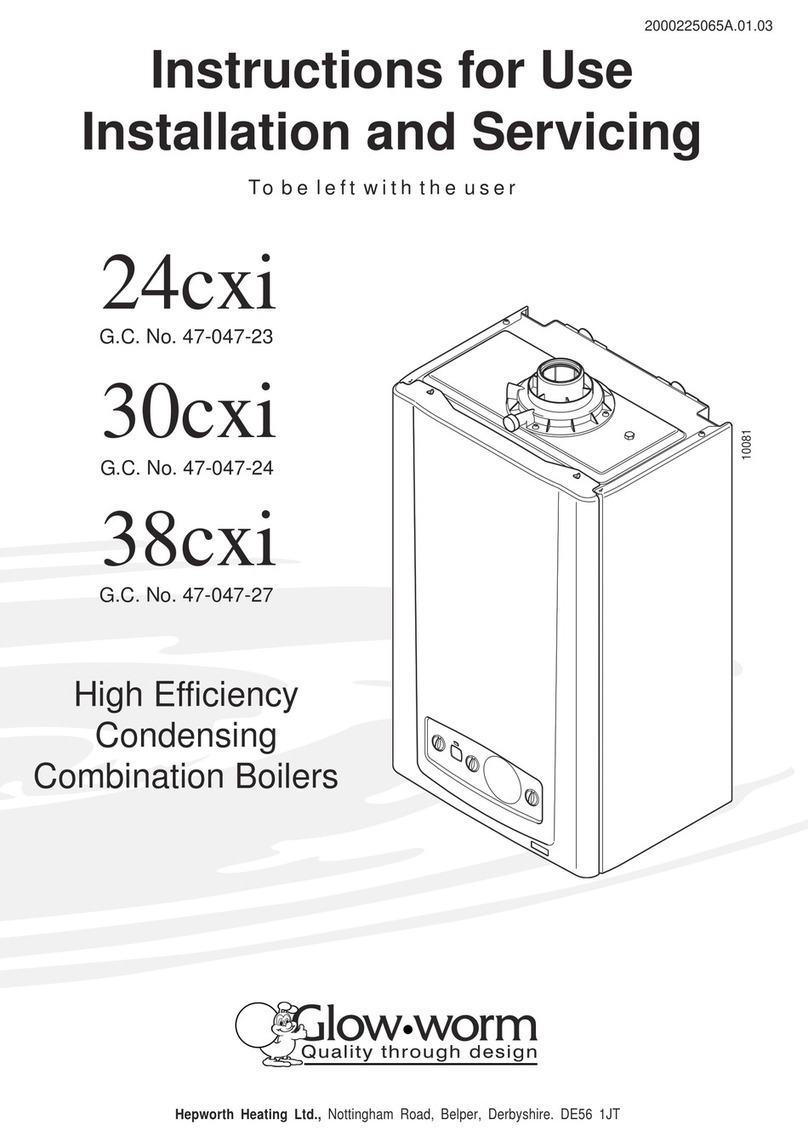
Glowworm
Glowworm Ultracom 24cxi Operating manual
Popular Boiler manuals by other brands
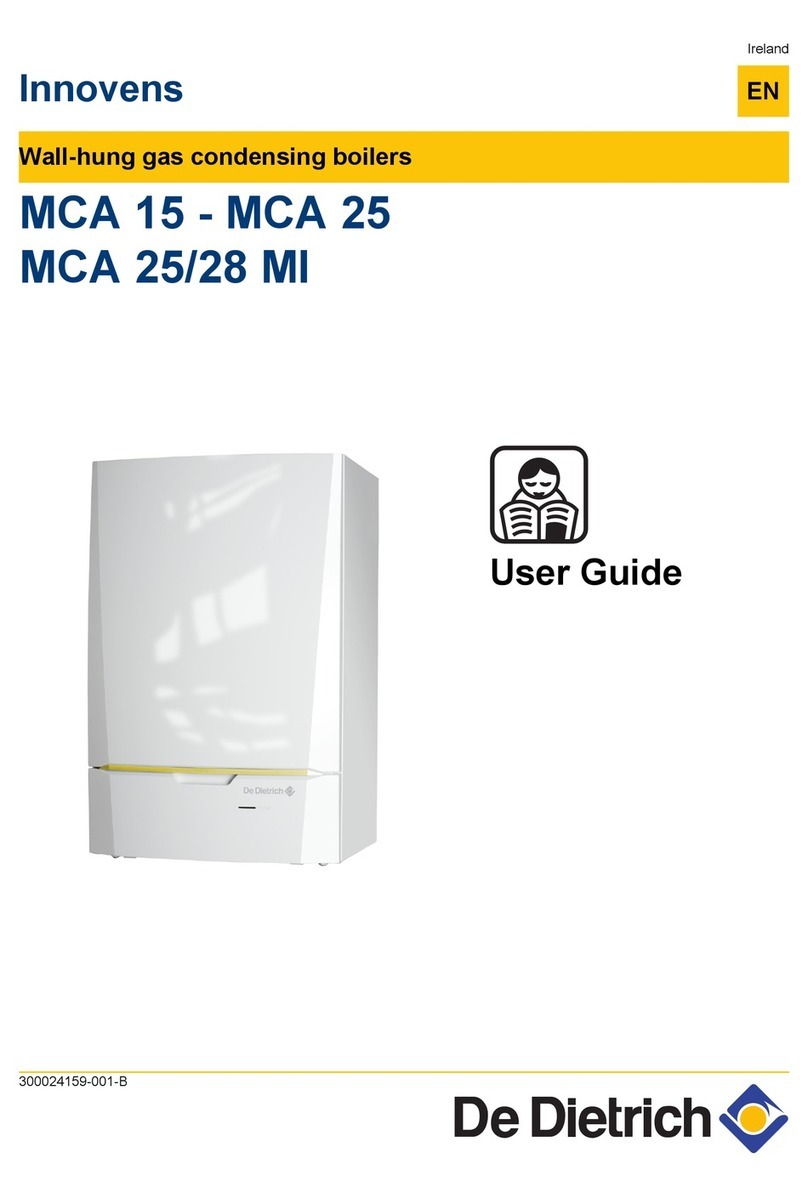
DeDietrich
DeDietrich Innovens MCA 15 user guide

Riello
Riello KOMBISOLAR 430 3S Installation, operation and maintenance manual
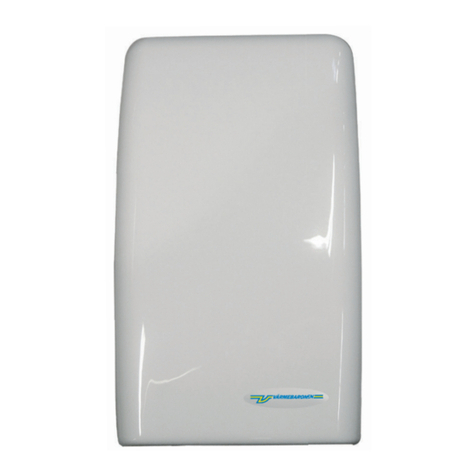
Varmebaronen
Varmebaronen MP4 G2 installation manual
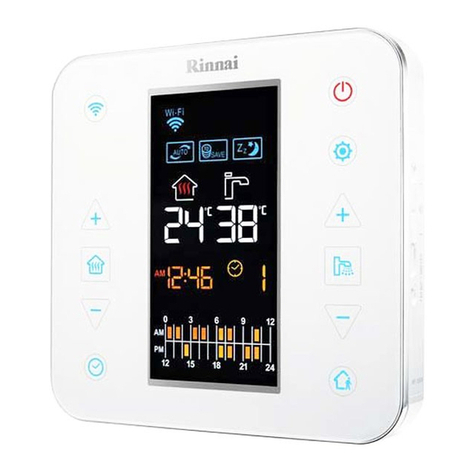
Rinnai
Rinnai WF-100W_EU user manual
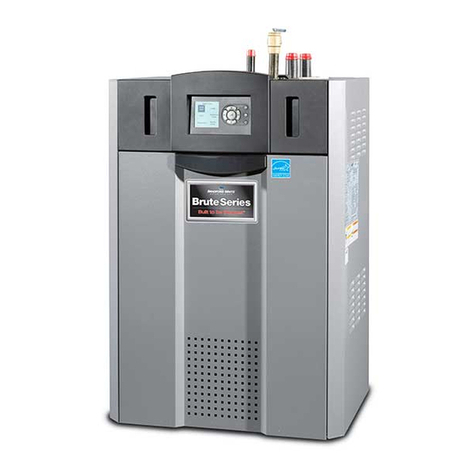
Bradford White
Bradford White Brute BNTH Installation and operation instructions
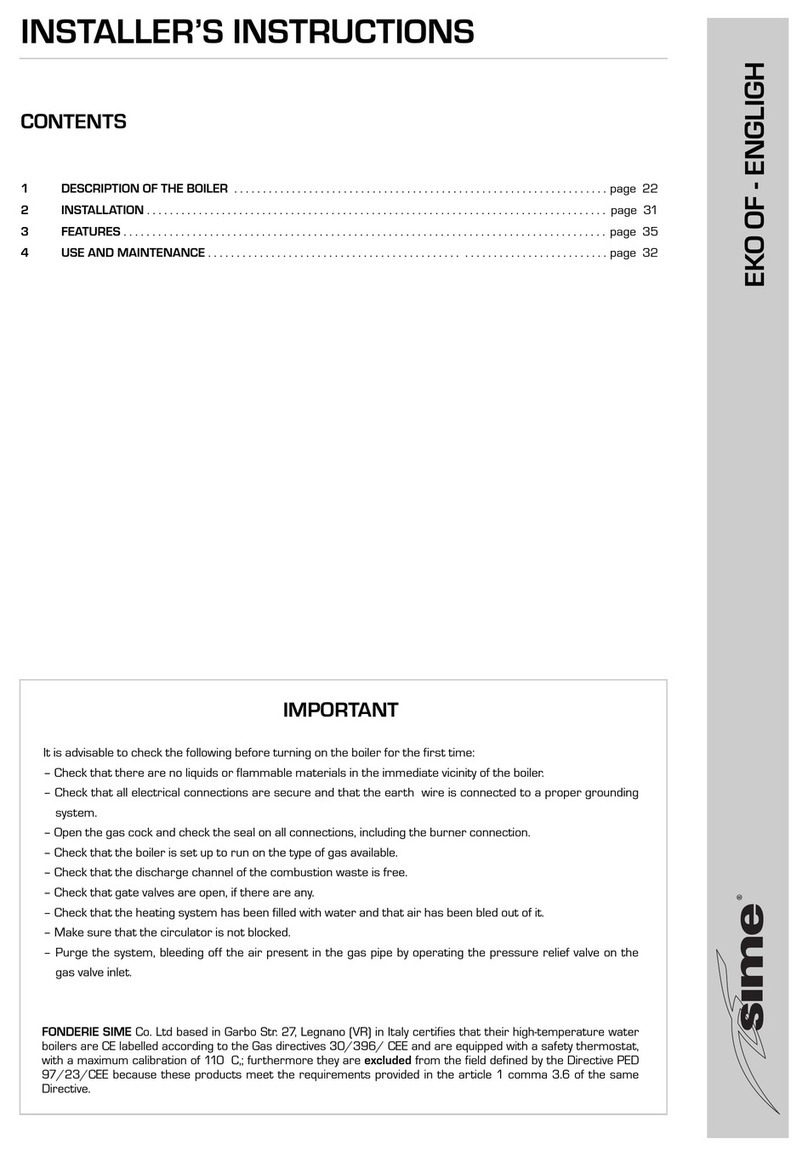
Sime
Sime EKO OF Series Installer's instructions

Viessmann
Viessmann VITOCROSSAL 200 Service instructions for contractors
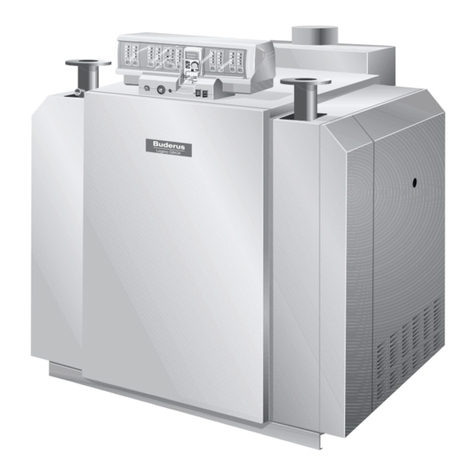
Buderus
Buderus Logano GE434 Maintenance instructions
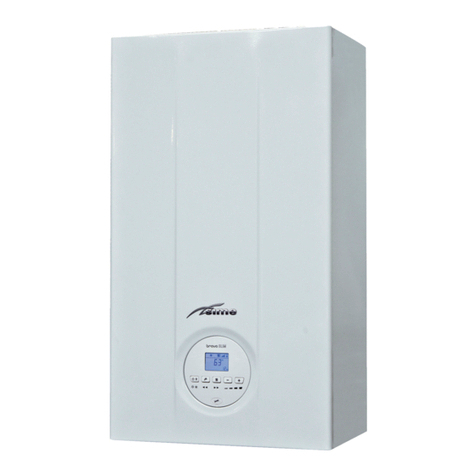
Sime
Sime Brava Slim BF Installation and maintenance manual
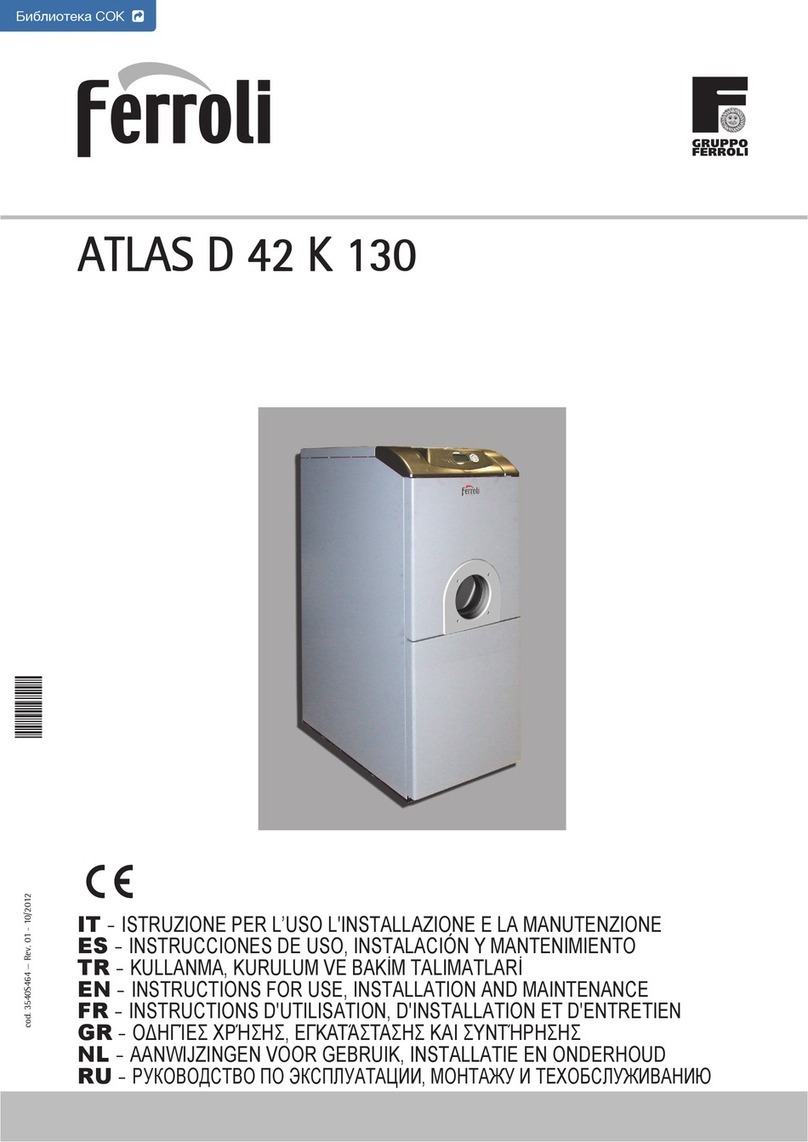
Ferroli
Ferroli ATLAS D 42 K 130 Instructions for use, installation and maintenance
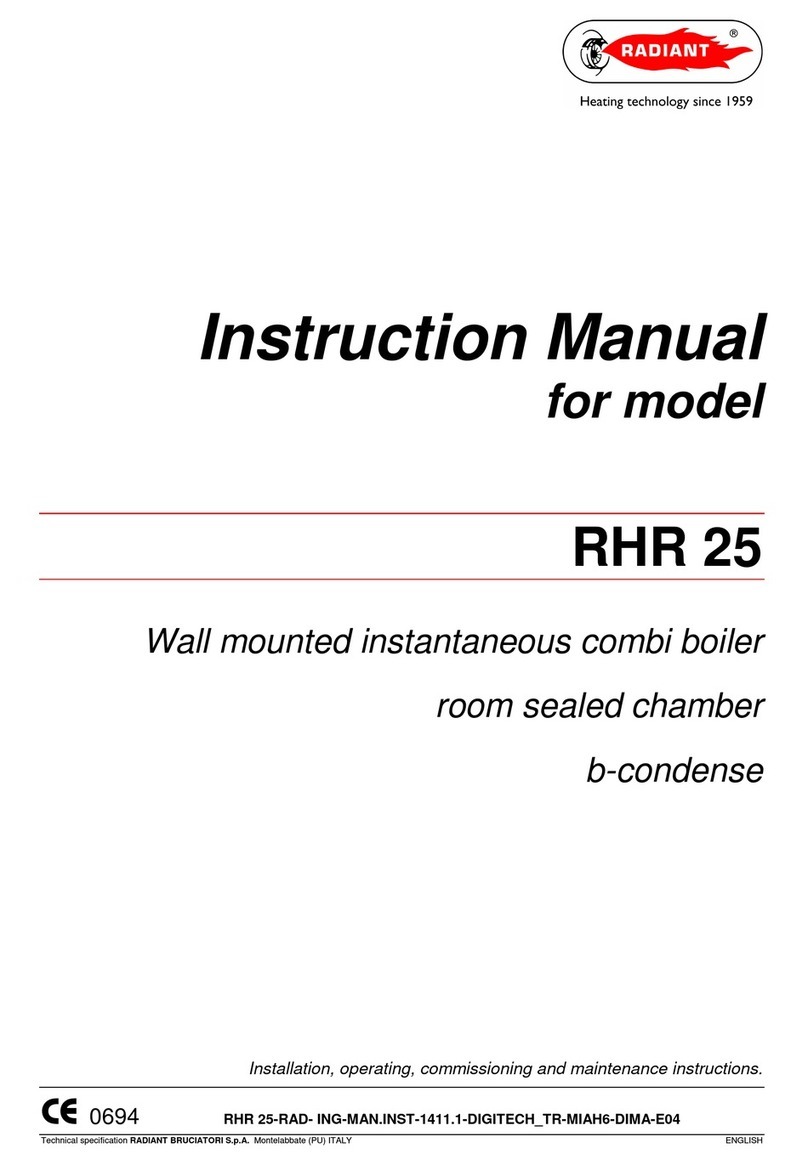
Radiant
Radiant RHR 25 instruction manual
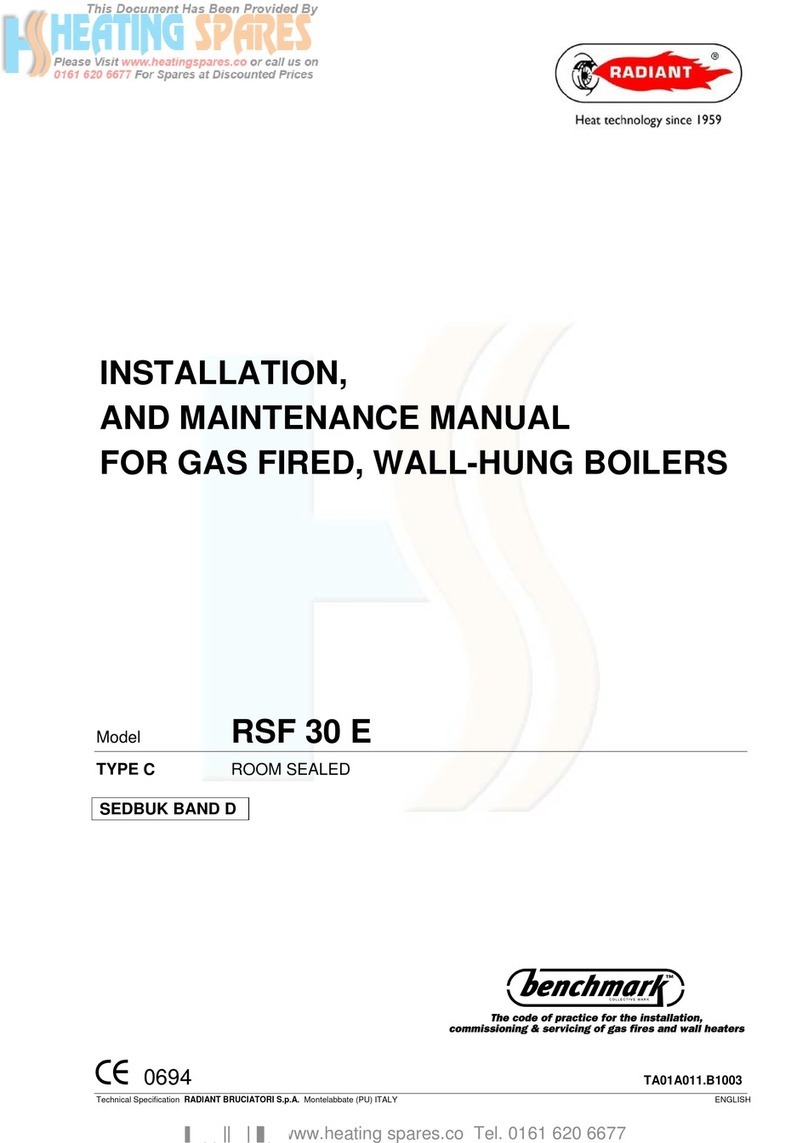
Benchmark
Benchmark RSF 30 E Installation and maintenance manual

Viessmann
Viessmann Vitorond 200 Series Service instructions for contractors
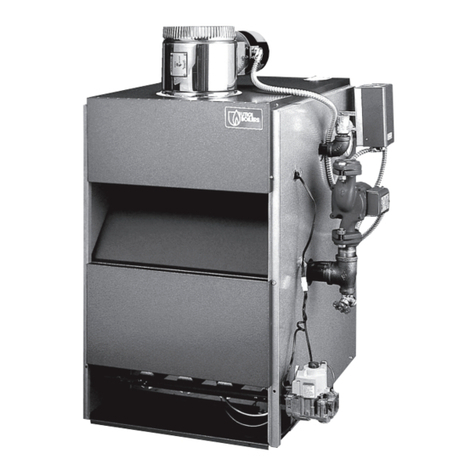
UTICA BOILERS
UTICA BOILERS MGB 50 Installation, operation & maintanance manual

Viessmann
Viessmann Vitodens 200-W System Installation and service instructions

New Yorker
New Yorker AP-490U Installation, operating and service instructions

Immergas
Immergas NIKE MYTHOS 24 2 E Instruction and warning book

UTICA BOILERS
UTICA BOILERS UH16 Series Installation, operation & maintenance manual
